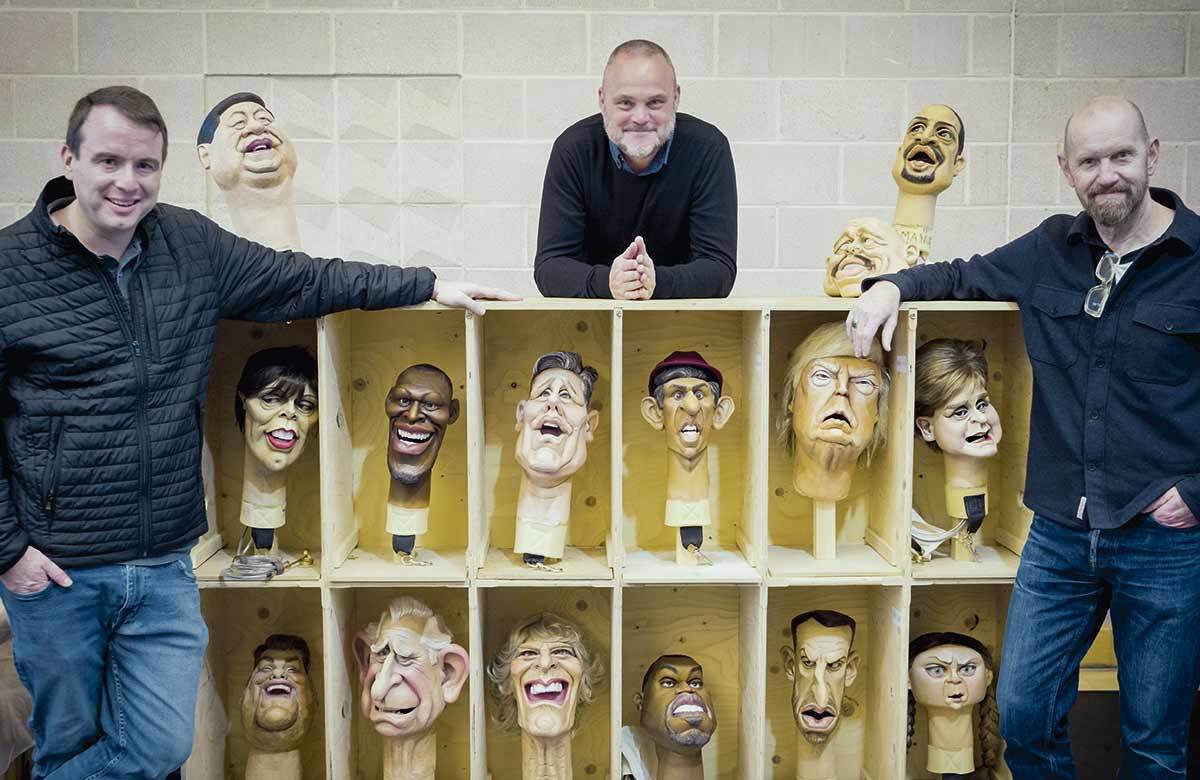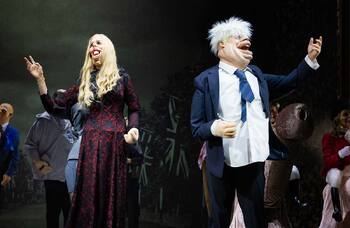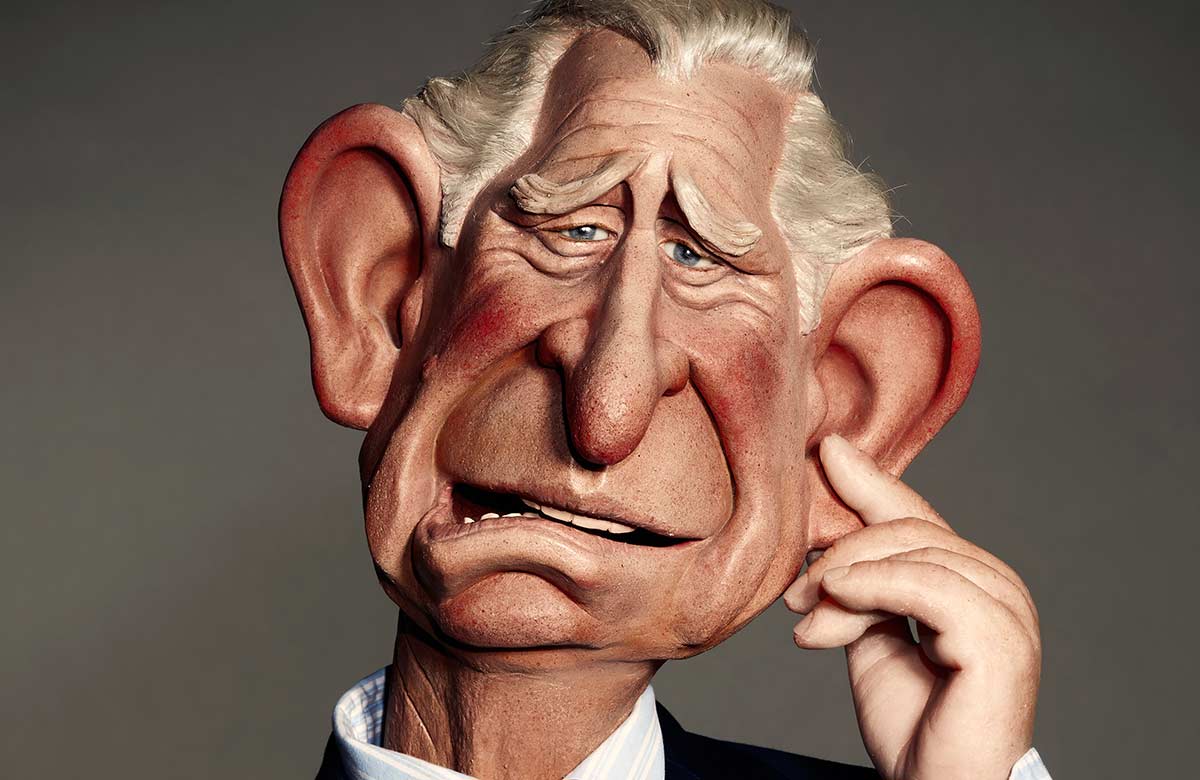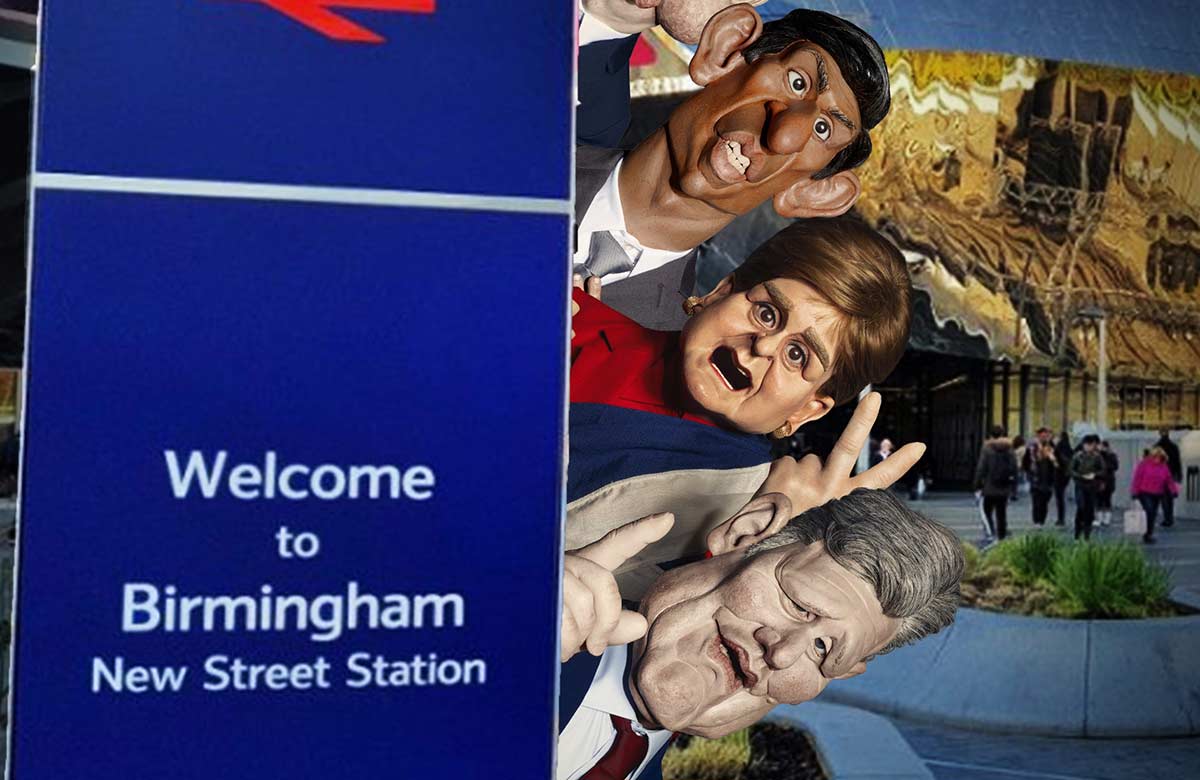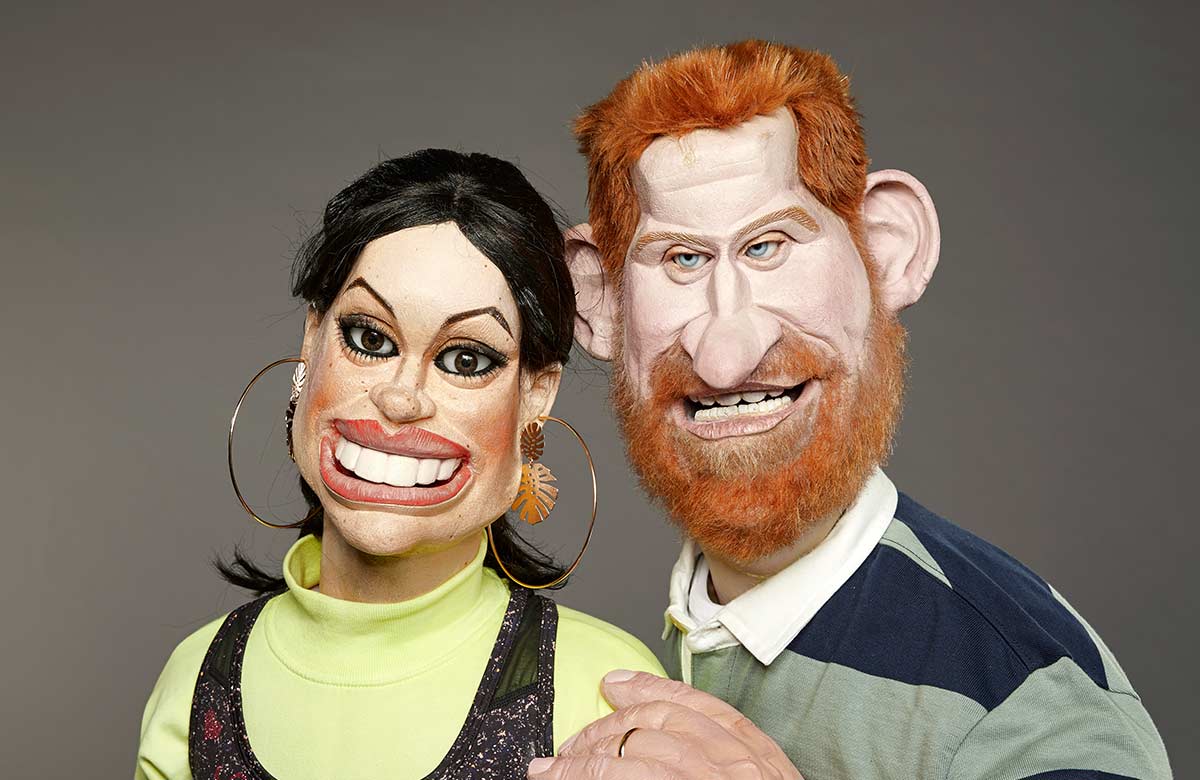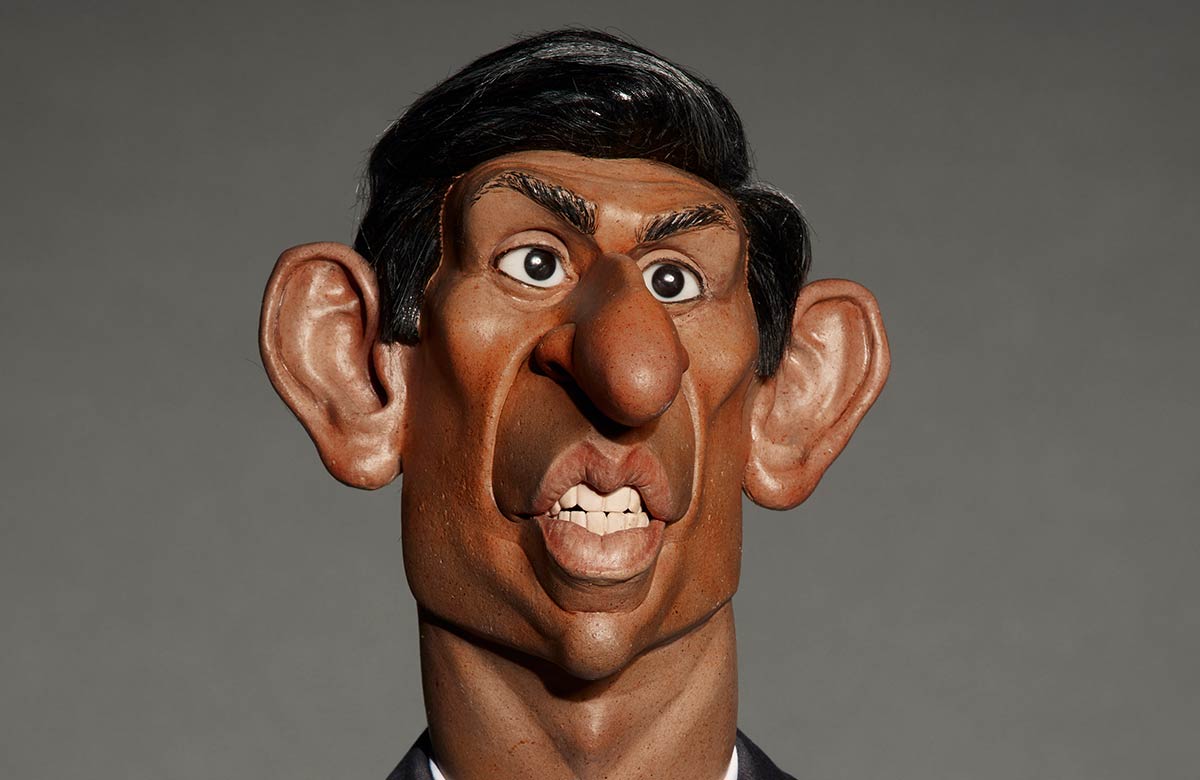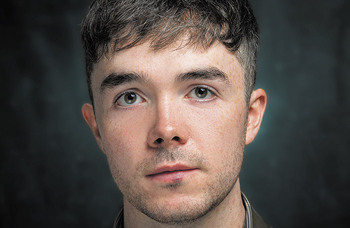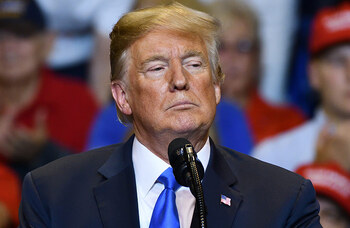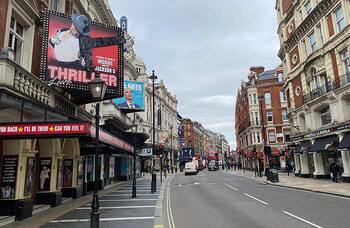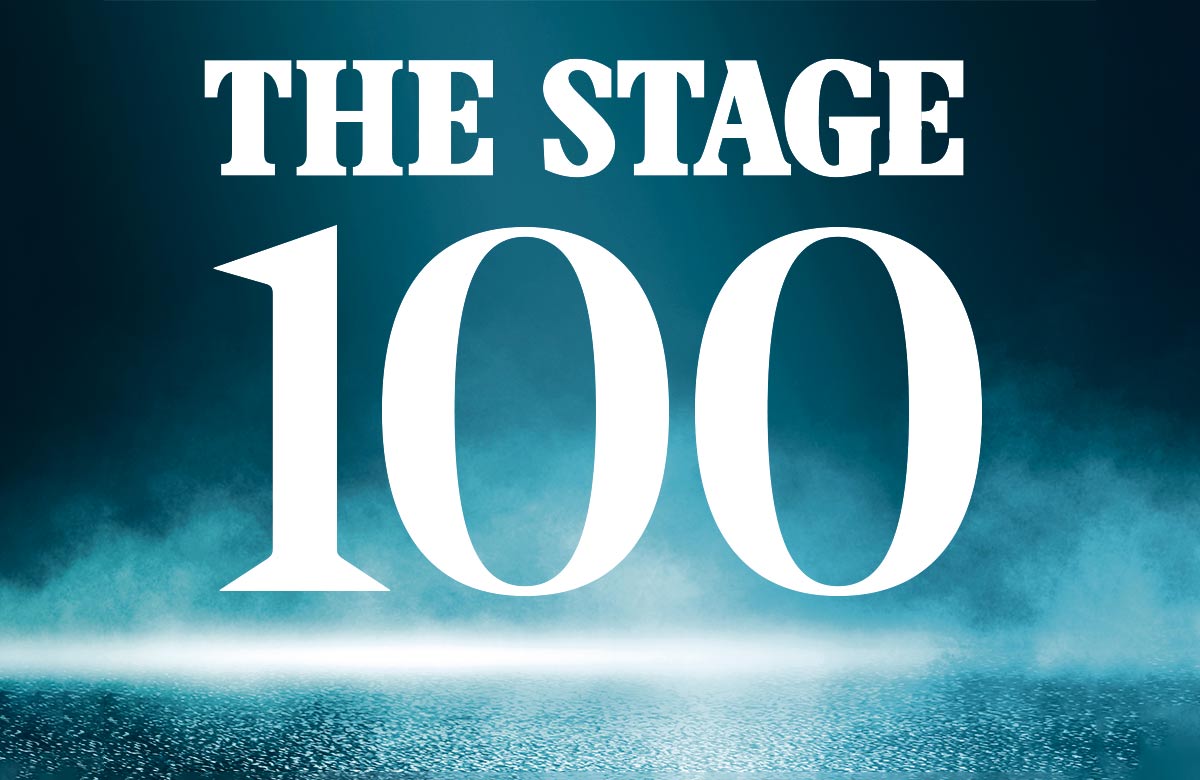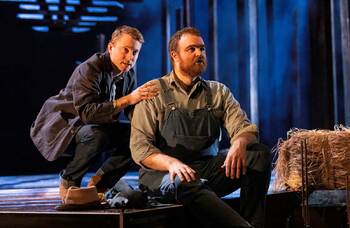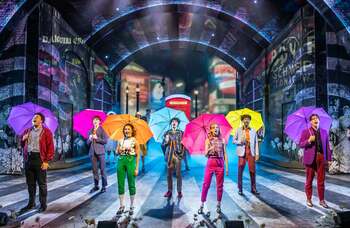Spitting Image Live: the latex lampoon show all dolled up for a theatrical comeback
Spitting Image is back, but this time on stage. Director and co-writer Sean Foley tells Nick Smurthwaite about rewriting the show to keep it topical, the logistical complications of having 100 characters and why today’s news cycle is good comedy material
It is nearly 40 years since Spitting Image burst on to our TV screens with its intoxicating mix of cutting-edge satire, mimicry and latex lookalikes.
Now, in the wake of the show’s recent revival on streaming service BritBox, its producer Avalon is launching Spitting Image Live at Birmingham Rep next month, with hopes of a UK tour and a London transfer.
Director and co-writer Sean Foley, who is artistic director of Birmingham Rep, says: “We have a lot of serious issues right now that need addressing in anarchic ways other than finger-wagging drama. There is a sense in our culture now that you can’t say certain things and our show is defiantly ridiculing that notion. This is about making people laugh while smuggling in messages about issues and policies and personalities.”
Foley says the show presents the Rep with “massive technical challenges”, since there is a cast of more than 100 characters, 12 onstage puppeteers and a separate audio track for all the voice artists and musical numbers. “Why on earth did I agree to do this show?,” he jokes.
One reason is that he is old enough to remember relishing the original Spitting Image in the mid-1980s, which had a field day with the then prime minister Margaret Thatcher, usually dressed as a man, and her cowering all-male cabinet. At its peak, the show was watched by 15 million viewers.
It was the brainchild of artists Roger Law, Martin Lambie-Nairn and the late Peter Fluck. Law, now in his 80s, recently donated his Spitting Image archive to Cambridge University and has been acting as a consultant on the stage version. Foley says: “One of the delights and privileges for me has been to work with Roger, our guiding spirit. Come opening night, if I have impressed him I know I will have done my job.”
Originally a cartoonist, Law was hired by the Sunday Times to do political caricatures in the early 1980s. This led to him and Fluck creating puppet versions of his caricatures for stills shoots. “Someone suggested making the puppets move and that’s how it all started,” explains Foley, adding that it took three years of research and development to perfect the technique. “Roger is an amazing artist. The process of making the puppets always starts with a drawing, a caricature. To get from that to the final puppet is a really long and expensive process.”
The first series of the original ITV programme cost £2.6 million to make and crafting each puppet cost about £5,000. Nearly 40 years on, those costs have more than doubled, which is one of the reasons BritBox struggled to sustain the TV revival despite impressive viewing figures.
For all its technical complexity, Foley says the biggest challenge for him and his co-writers, Matt Forde and Al Murray, was coming up with a workable narrative framework that was flexible enough to be able to insert new material when necessary.
“The brand name demands that there is a feeling of topicality about the show, so that it doesn’t feel like yesterday’s news. Since we’ve been in pre-production, we’ve thrown away two shows. It’s been an interesting and exhausting process coming up with a story that will serve us through a long run.”
What they have finally arrived at is a story in which King Charles III, on the day of his coronation, sends for Tom Cruise to save the UK from ruin. Foley says he is particularly pleased to be giving the Mission Impossible star his UK stage debut. Other heroes and villains due to be featured include Donald Trump, Vladimir Putin, Xi Jinping, Mark Zuckerberg, Daniel Craig, Ant and Dec, Harry and Meghan and Greta Thunberg.
“Obviously you can’t change everything every night,” Foley says, “but there are areas in the narrative where we can insert gags relating to breaking news. We decided the royal family weren’t going away, celebrities such as Tom Cruise and Stormzy weren’t going away, political unrest isn’t going away. There is a kind of Alice in Wonderland quality about current events at the moment that we’ve embedded in the show. At times we’d watch the news and think: ‘How on earth are we supposed to keep up?’”
The original show lasted for 18 series, from 1984 to 1996, finishing just before Tony Blair’s Labour government came to power. Scripts from the original series, along with artwork, videos and some of the puppets, are included in the archive that Law has presented to Cambridge University. Librarian Jessica Gardner describes Law’s archive as “an extraordinary political and historical record of the time”.
Law told the BBC in 2018: “Puppets have no agents, they don’t answer back. You could put them in a cupboard. “The great thing about Spitting Image was that there were writers, puppetmakers and puppeteers but there were no stars.”
Spitting Image runs at Birmingham Rep from February 1 to March 11
Opinion
Recommended for you
Opinion
Recommended for you
Most Read
Across The Stage this weekYour subscription helps ensure our journalism can continue
Invest in The Stage today with a subscription starting at just £7.99
